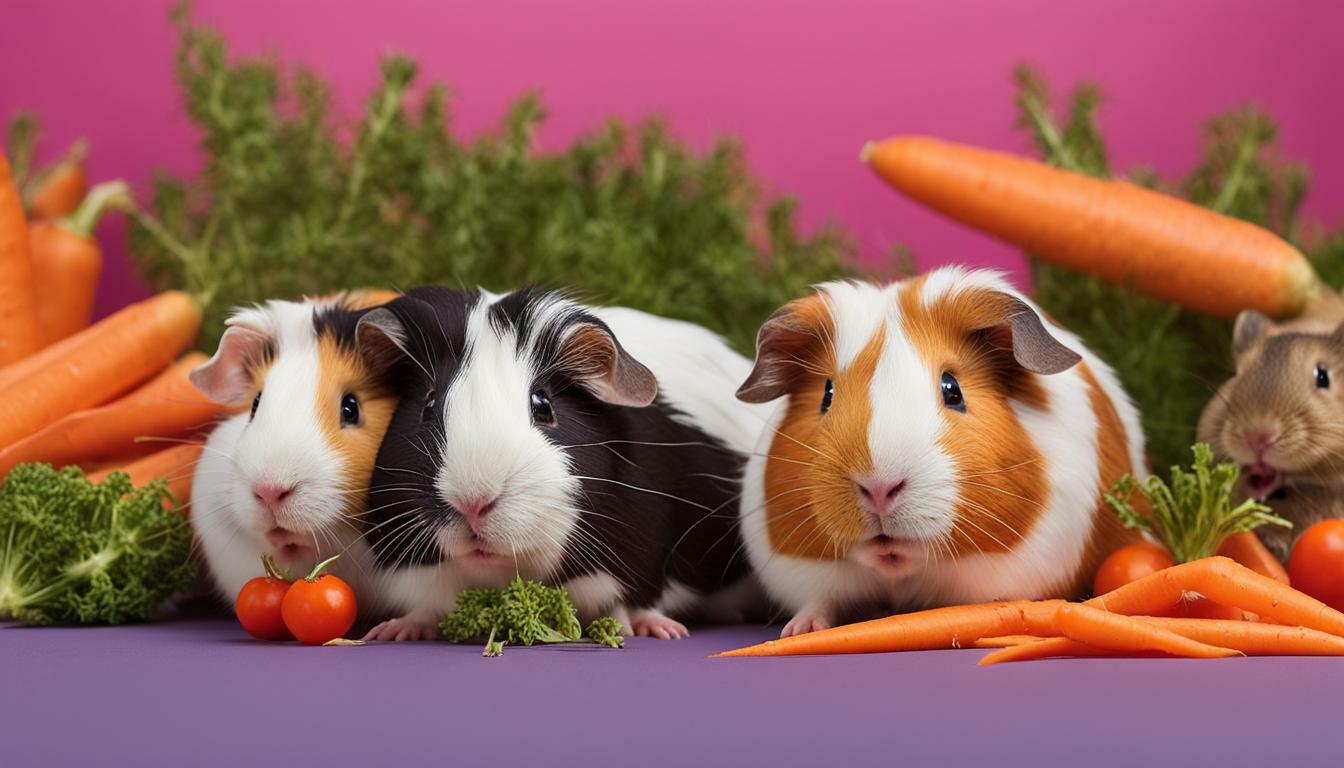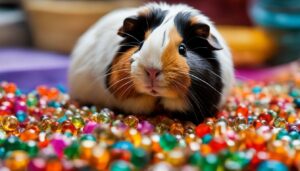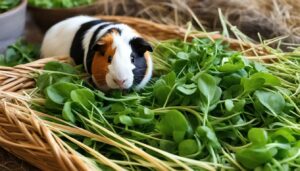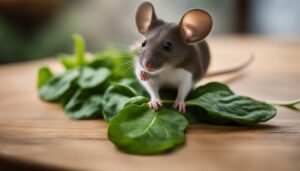Many pet owners wonder if guinea pigs and hamsters can live together, but it’s important to understand their compatibility and unique needs.
Factual data: No, guinea pigs cannot live with hamsters. Guinea pigs are social animals that prefer living in groups, while hamsters are solitary and territorial. They have different temperaments, enclosure requirements, sleep schedules, and dietary needs. Trying to force a friendship between them can lead to stress, aggression, and potential injuries. Guinea pigs can coexist with other guinea pigs or certain other animals like rabbits or cats, but hamsters should be kept alone. It is important to prioritize the well-being and safety of both animals by providing separate spaces for them to thrive.
Key Takeaways:
- Guinea pigs and hamsters have different social behavior and should not be housed together.
- Guinea pigs thrive in groups and require companionship for their well-being.
- Hamsters are solitary animals and prefer to live alone.
- Guinea pigs need larger enclosures, while hamsters have specific housing requirements.
- Guinea pigs are diurnal, active during the day, while hamsters are nocturnal and prefer to be awake at night.
Guinea Pigs’ Social Nature
Guinea pigs are highly social animals and thrive when they have companionship from their own kind. They form strong bonds with their fellow guinea pigs, engaging in social behaviors such as grooming, snuggling, and even vocalizing to communicate with each other. These interactions are essential for their overall well-being and happiness.
Unlike guinea pigs, hamsters are solitary creatures by nature. They prefer to have their own space and become stressed or aggressive when forced to share their habitat with other animals. This is due to their territorial instincts, which can lead to conflicts and potential harm for both guinea pigs and hamsters.
It’s crucial to understand these differences in social nature and prioritize the individual needs of both animals. While guinea pigs can coexist with other guinea pigs or certain compatible animals like rabbits or cats, hamsters should be kept alone in order to ensure their well-being and prevent any potential conflicts.
| Guinea Pigs | Hamsters |
|---|---|
| Highly social animals | Solitary creatures |
| Thrive with companionship | Prefer their own space |
| Engage in social behaviors | Become stressed or aggressive when forced to share |
By understanding and respecting these differences, you can ensure the well-being and safety of your guinea pigs and hamsters. Provide separate enclosures that meet their specific needs, offer appropriate companionship for guinea pigs, and create a comfortable and stimulating environment for hamsters to thrive on their own. In doing so, you will be promoting a happy and healthy life for both of your furry friends.
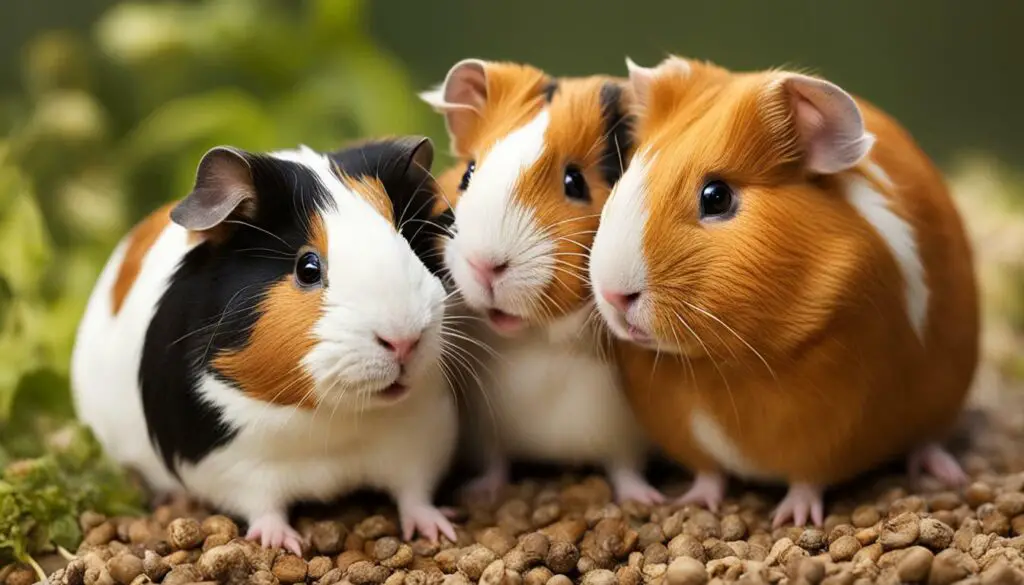
Unlike guinea pigs, hamsters are solitary creatures that prefer to have their own territory. While guinea pigs thrive in social groups, hamsters display territorial behaviors and can become aggressive when forced to interact with other animals. It is important to understand and respect the innate nature of hamsters to ensure their well-being and prevent unnecessary stress.
Hamsters have a strong instinct for self-preservation and mark their territories using scent glands. They prefer to have a safe and private space where they can establish their own routines and engage in activities without interference. Attempting to introduce a hamster to a guinea pig’s enclosure can lead to conflicts, causing both animals to become stressed and potentially resulting in injuries.
Creating separate living spaces for guinea pigs and hamsters is crucial to maintain their physical and mental health. Providing individual enclosures with appropriate sizes and enrichment activities allows each animal to thrive in their own environment. By respecting their need for individual spaces, you ensure that both animals can lead fulfilling lives without the risk of unnecessary aggression or stress.
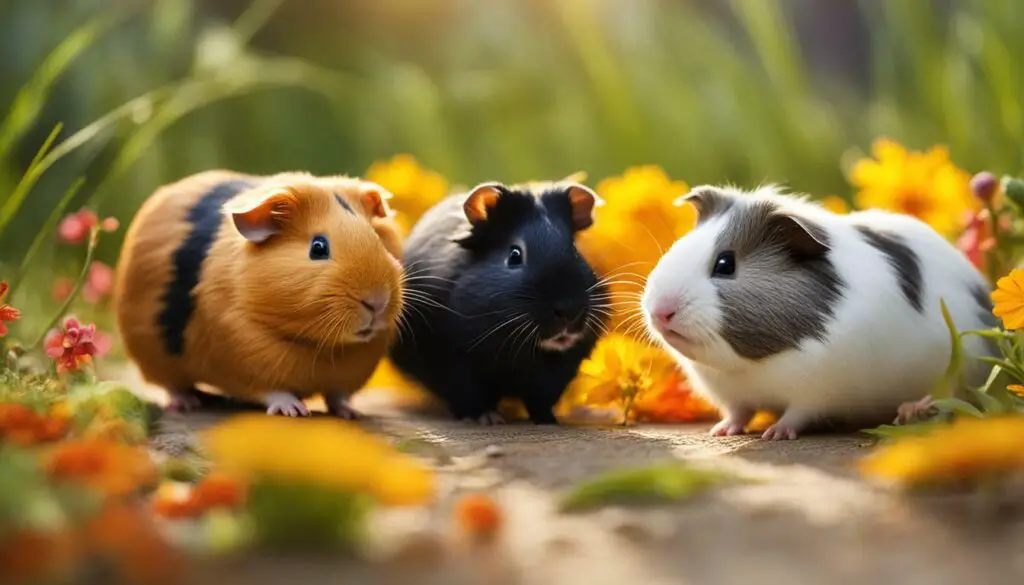
| Aspects | Guinea Pigs | Hamsters |
|---|---|---|
| Social Nature | Prefer to live in groups | Solitary creatures |
| Enclosure Size | Require larger spaces | Suitable for smaller enclosures |
| Sleep Schedule | Diurnal, active during the day | Nocturnal, active at night |
| Dietary Needs | Require specific nutritional requirements | Have specific dietary needs |
| Compatibility | Can coexist with other guinea pigs or certain other animals | Should be kept alone |
Differences in Enclosure Requirements
Guinea pigs require spacious enclosures with ample room to roam, while hamsters have specific housing needs to meet their solitary lifestyle. Guinea pigs are social animals that thrive in groups, so it’s essential to provide them with a larger living space. A common recommendation is to have at least 7.5 square feet of floor space for a pair of guinea pigs.
On the other hand, hamsters prefer smaller enclosures that cater to their solitary nature. A suitable cage for a hamster typically ranges from 360 to 600 square inches of floor space. It’s important to provide them with multiple levels, platforms, and hiding spots to fulfill their need for privacy.
To create an ideal guinea pig enclosure, consider using a spacious cage or a DIY C&C (Cubes and Coroplast) cage with a solid bottom to ensure their safety. Guinea pigs also appreciate additional accessories such as tunnels, hay racks, and cozy hideouts. As for hamsters, wire cages or aquariums with a secure lid are commonly used, along with bedding materials and enrichment items like tunnels and exercise wheels.
| Guinea Pigs | Hamsters |
|---|---|
| Require spacious enclosures | Prefer smaller cages |
| Need at least 7.5 square feet of floor space | Need 360 to 600 square inches of floor space |
| Enjoy additional accessories | Need platforms and hiding spots |
Key Points:
- Guinea pigs require spacious enclosures to accommodate their social nature.
- Hamsters prefer smaller cages that provide privacy and cater to their solitary lifestyle.
- Consider using a spacious cage or a DIY C&C cage for guinea pigs, and wire cages or aquariums with a secure lid for hamsters.
- Guinea pigs appreciate additional accessories, while hamsters need platforms and hiding spots.
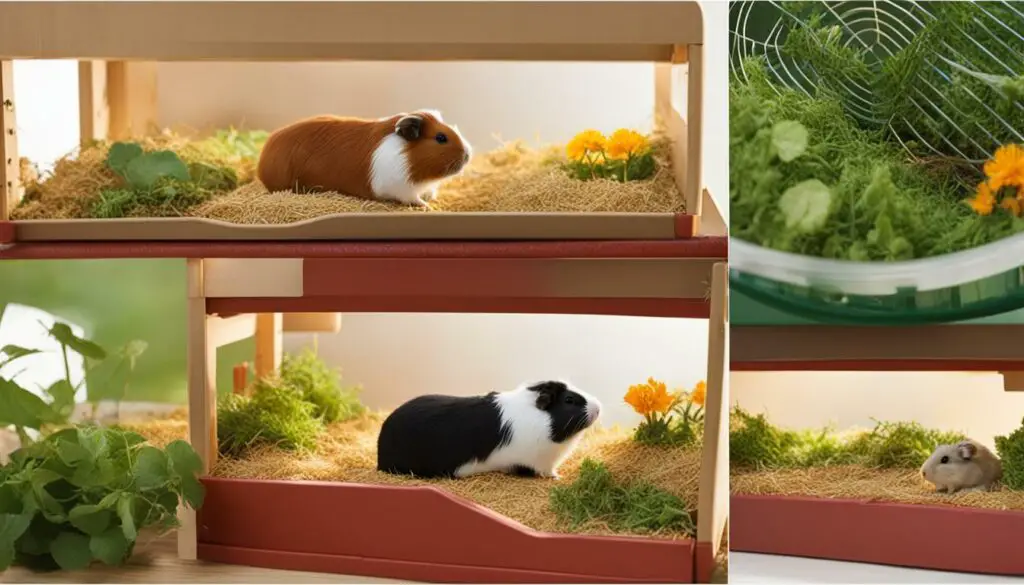
Providing the appropriate enclosure for each species is crucial for their well-being. Guinea pigs need room to roam and interact with their companions, while hamsters require a setup that aligns with their solitary behavior. By understanding and meeting their specific housing needs, you can ensure a comfortable and enriching environment for both guinea pigs and hamsters.
Sleep Schedules
Guinea pigs and hamsters have different sleep schedules, which may lead to disturbances if housed together. Guinea pigs are diurnal animals, meaning they are most active during the day. They enjoy basking in the sunlight and interacting with their surroundings. On the other hand, hamsters are nocturnal creatures, preferring to be awake at night when it is quiet and dark.
This difference in sleep patterns can pose a challenge when trying to keep guinea pigs and hamsters together. While guinea pigs may be trying to explore and socialize during the day, hamsters would likely be sleeping and seeking their own quiet space. This can lead to stress and potential conflicts between the two species.
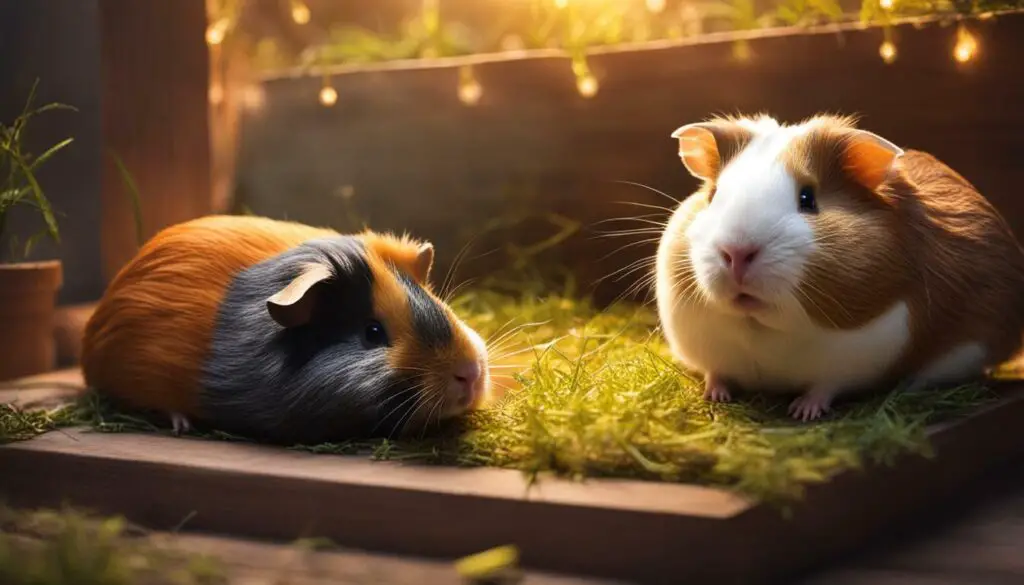
Table 1: Sleep Schedule Comparison
| Species | Activity Period |
|---|---|
| Guinea Pigs | Diurnal (active during the day) |
| Hamsters | Nocturnal (active at night) |
Given their conflicting sleep schedules, it is crucial to provide separate enclosures for guinea pigs and hamsters to ensure their well-being and prevent unnecessary stress. Both species require their own space to thrive and exhibit their natural behavior. By respecting their individual needs, you can create a harmonious environment for both your guinea pigs and hamsters, enhancing their overall health and happiness.
Dietary Needs
Guinea pigs and hamsters have distinct dietary needs, making it important to provide them with species-appropriate food. Guinea pigs are herbivores and rely on a diet rich in hay, fresh vegetables, and a small amount of pellets. They require a constant supply of vitamin C, as they cannot produce it on their own. Failing to meet their nutritional requirements can result in health problems such as scurvy.
On the other hand, hamsters are omnivores and have a more varied diet. Their main diet consists of commercially available hamster pellets, supplemented with fresh fruits, vegetables, and occasional insects. It is crucial to ensure a balance between protein, carbohydrates, and fats in their diet, as an improper ratio can lead to obesity or malnutrition.
Remember to always provide clean, fresh water for both guinea pigs and hamsters. You can use water bottles or bowls, but make sure to clean and refill them daily to prevent bacterial build-up.
| Guinea Pigs: | Hamsters: |
|---|---|
| Hay | Hamster pellets |
| Fresh vegetables | Fresh fruits and vegetables |
| Pellets (small amount) | Insects (occasional) |
| Water (with added vitamin C) | Water |
“It is crucial to ensure a balance between protein, carbohydrates, and fats in their diet, as an improper ratio can lead to obesity or malnutrition.”
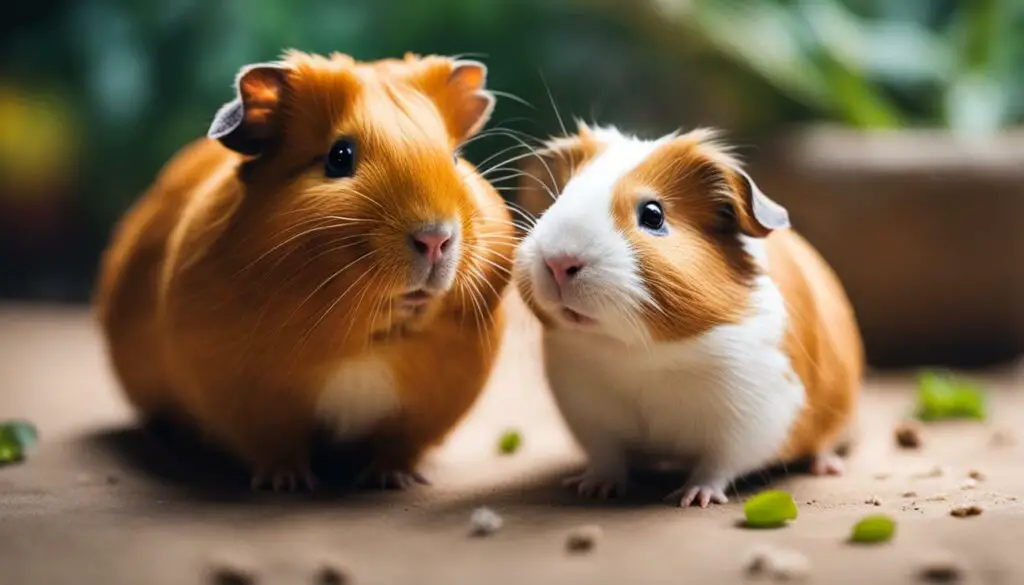
Providing a proper diet is essential for the well-being of both guinea pigs and hamsters. Each species has specific dietary requirements that must be met to maintain their health and prevent nutritional deficiencies. It is important to consult with a veterinarian or do thorough research to ensure you are providing the right food in the correct proportions. By prioritizing their dietary needs, you can contribute to their overall happiness and longevity.
Potential Risks and Injuries
Attempting to house guinea pigs and hamsters together can lead to stress, aggression, and potential injuries for both pets. These two species have different temperaments and social needs, making them incompatible roommates. Guinea pigs are highly social animals that thrive in the company of their own kind. They build strong bonds, communicate through vocalization and body language, and establish hierarchies within their group. On the other hand, hamsters are solitary and territorial creatures who prefer to have their own space without sharing it with other animals.
Their conflicting behaviors and needs can create a hostile environment when forced to cohabitate. Guinea pigs, being larger and more sociable, might try to dominate the space and intimidate the smaller hamsters, leading to stress and potential aggression. In turn, hamsters may become defensive and display aggressive behaviors such as biting or attacking when they feel their territory is being invaded. These interactions can result in injuries for both pets, causing physical harm and emotional distress.
Furthermore, guinea pigs have different activity patterns compared to hamsters. Guinea pigs are diurnal, meaning they are active during the day and require a consistent amount of light for their well-being. Hamsters, on the other hand, are nocturnal animals and are most active during the night. This difference in sleep schedules can lead to disturbances and further stress for both pets. It is crucial to provide them with separate spaces to allow them to follow their natural routines and maintain a healthy sleep-wake cycle.
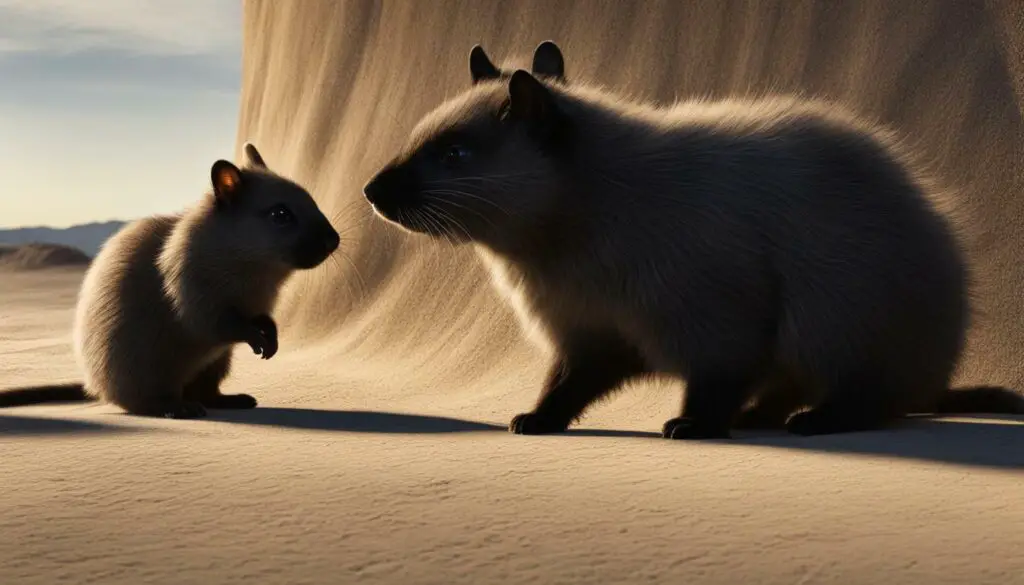
| Aspect | Guinea Pigs | Hamsters |
|---|---|---|
| Social Behavior | Highly social and prefer living in groups | Solitary and territorial |
| Enclosure Requirements | Need larger spaces to move around freely | Require specific housing setups |
| Sleep Schedule | Diurnal, active during the day | Nocturnal, active during the night |
| Dietary Needs | Specific nutritional requirements | Distinct dietary needs |
It is important to prioritize the well-being and safety of both guinea pigs and hamsters. Providing separate enclosures that meet their individual needs is crucial in ensuring their overall health and happiness. This includes offering appropriate socialization and companionship for guinea pigs with their fellow guinea pigs or compatible animals like rabbits or cats. Meanwhile, hamsters should be kept in their own separate habitat to prevent conflicts and allow them to exhibit their natural behaviors without any stress or potential harm.
Cohabitation Options for Guinea Pigs
While guinea pigs cannot live with hamsters, there are other animals they can coexist with under the right circumstances. Guinea pigs are social creatures that thrive in the company of their own kind. If you’re considering housing multiple guinea pigs together, it’s important to introduce them properly to avoid any potential conflicts. Providing a spacious and enriching environment with plenty of hiding spots and separate feeding areas can help ensure harmonious cohabitation.
Alternatively, some guinea pigs can also get along well with rabbits. It’s important to note that rabbits require different diets and housing setups compared to guinea pigs. Therefore, it’s crucial to do thorough research and consult with experts to ensure both animals’ needs are met. Supervision is key, especially during the initial introduction phase, to ensure the safety and well-being of both animals.
Another option worth considering is introducing guinea pigs to cats. While it may sound unconventional, some cats can form a bond with guinea pigs and coexist peacefully. It’s important to note that not all cats are suitable for this type of companionship. Cats with a calm and non-aggressive temperament are more likely to accept guinea pigs as part of their social group. As always, gradual introductions, proper supervision, and providing separate spaces is essential to ensure the safety and well-being of both animals.
Table: Compatibility of Guinea Pigs with Other Animals
| Animal | Compatibility |
|---|---|
| Guinea Pigs | High compatibility |
| Rabbits | Moderate compatibility |
| Cats | Variable compatibility |
| Hamsters | Incompatible |
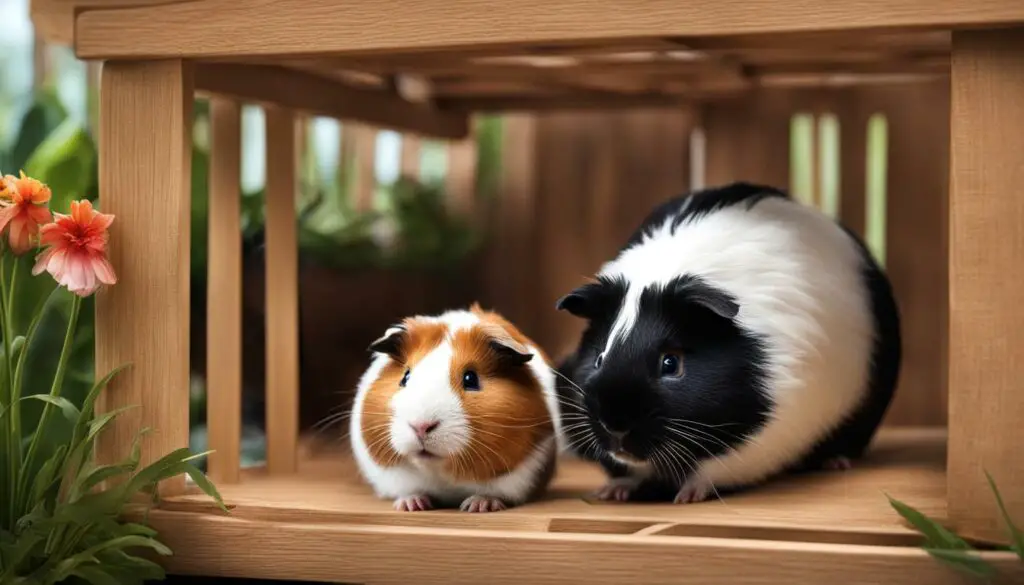
Remember, when considering cohabitation options for guinea pigs, always prioritize the safety and well-being of the animals involved. Proper introductions, ensuring adequate space, and meeting their individual needs are key factors to establishing a harmonious living arrangement. While guinea pigs cannot live with hamsters, there are still opportunities for them to thrive in the company of suitable companions.
Hamsters Should Be Kept Alone
Hamsters should always be housed alone to meet their unique behavioral and territorial needs. They are solitary animals that prefer to have their own space without the presence of other animals. Attempting to house a hamster with a guinea pig can lead to conflicts, stress, and potential harm to both animals. It is essential to respect the nature of hamsters and prioritize their well-being.
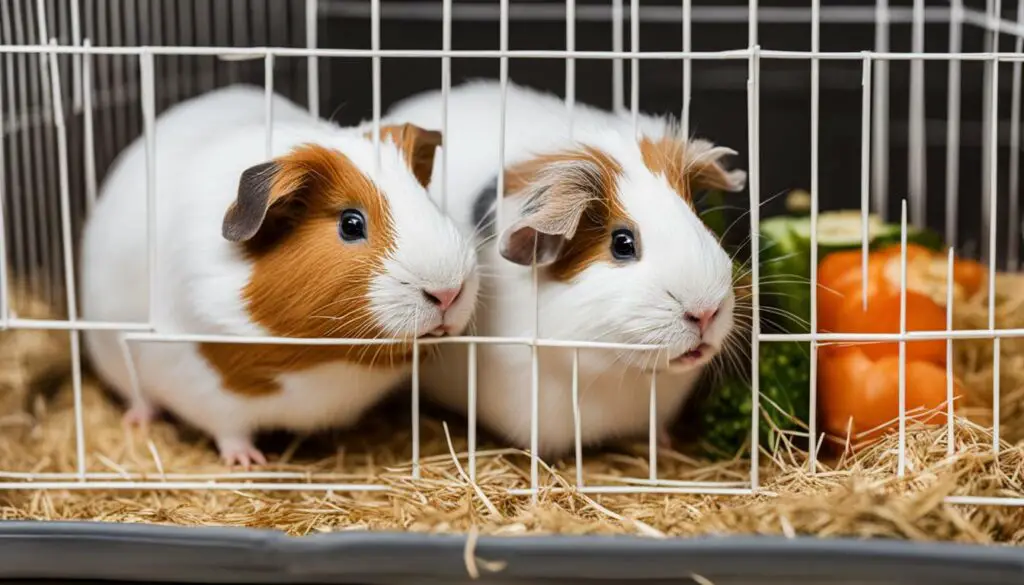
Hamsters have a strong instinct to establish and defend their territory. They become stressed and agitated when their personal space is invaded by other animals, which can result in aggressive behavior. Housing a hamster with a guinea pig can lead to fights, resulting in injuries for both animals. Additionally, the two species have different social requirements and may not communicate or interact effectively, further increasing the risk of conflict.
Providing a suitable environment for a hamster involves ensuring they have an enclosure that meets their specific needs. Hamsters require a cage with ample space for exercise and exploration. They also need a variety of toys and hiding spots to mimic their natural habitat. Sharing an enclosure with a guinea pig may limit the available space and resources, which can cause stress and negatively impact their overall well-being.
Housing Options for Guinea Pigs
While guinea pigs cannot live with hamsters, they are social animals that thrive in the company of their own kind. It is recommended to house guinea pigs together, ideally in pairs or small groups. Guinea pigs can also coexist with other compatible animals such as rabbits or cats, as long as proper introductions are made and they are supervised to ensure their safety. Providing separate spaces for each animal is crucial to meeting their individual needs and ensuring their well-being.
| Type of Animal | Companion Compatibility |
|---|---|
| Guinea Pigs | Best housed in pairs or small groups |
| Rabbits | Can coexist with guinea pigs with proper introductions |
| Cats | Possible to have guinea pigs and cats living together, but supervision is necessary |
When considering housing options for guinea pigs, it is crucial to create environments that cater to their social nature and provide ample space for them to explore, exercise, and interact with their companions. This ensures their overall well-being and allows them to lead happy and fulfilling lives.
Prioritizing Well-being and Safety
When caring for guinea pigs and hamsters, it is crucial to prioritize their well-being and safety by providing separate spaces and meeting their specific requirements. Despite their adorable appearances, guinea pigs and hamsters have different needs and behaviors that make them unsuitable companions for each other.
Guinea pigs thrive in social environments and are happiest when living with fellow guinea pigs or certain compatible animals like rabbits or cats. They enjoy having companionship, engaging in social interactions, and exploring their surroundings together. On the other hand, hamsters are solitary creatures that prefer to have their own personal space. They can become territorial and stressed when forced to share their habitat with other animals.
Another important aspect to consider is their enclosure requirements. Guinea pigs need larger spaces to roam and exercise freely, while hamsters have specific housing setups tailored to their needs. These differences in habitat size, temperature, and stimulation can lead to conflicts, stress, and potential harm if they are housed together.
Providing separate enclosures for each pet not only ensures their physical safety but also promotes their mental well-being. It allows them to establish their own territories, follow their natural sleep schedules, and consume the specific diet that suits their nutritional requirements. By respecting their individual needs, you can create a happy and healthy environment for both your guinea pigs and hamsters.
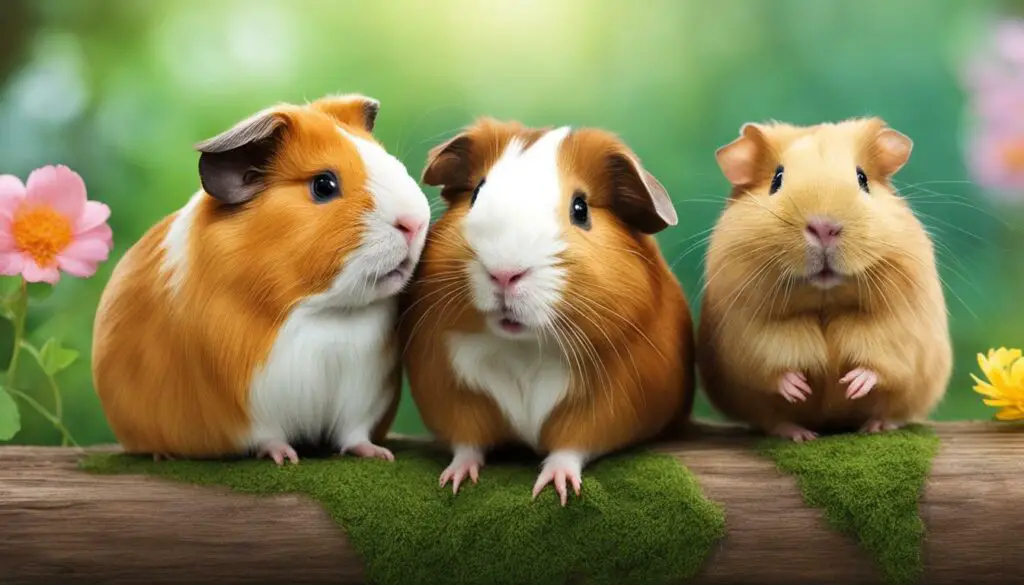
| Guinea Pigs | Hamsters |
|---|---|
| Prefer living in groups | Prefer living alone |
| Require larger spaces | Have specific housing setups |
| Active during the day | Nocturnal and prefer being awake at night |
| Need a diet rich in fresh vegetables and hay | Require a diet tailored to their specific needs |
Creating a safe and comfortable environment for your guinea pigs and hamsters is essential for their overall well-being. By understanding their individual requirements and providing them with separate spaces, you can ensure they lead happy and fulfilled lives as beloved pets in your home.
Conclusion
In conclusion, guinea pigs and hamsters cannot live together due to their contrasting social behaviors, enclosure requirements, sleep schedules, and dietary needs. Guinea pigs are social animals that thrive in groups, while hamsters prefer to live alone due to their territorial nature. Attempting to force them to share a living space can cause stress, aggression, and potential injuries.
Guinea pigs need larger enclosures to move around freely, while hamsters have specific housing setups that cater to their solitary lifestyle. Additionally, guinea pigs are diurnal animals that are active during the day, while hamsters are nocturnal and prefer to be awake at night. These differences in sleep schedules can disrupt their natural behaviors and lead to further conflicts.
When it comes to dietary needs, guinea pigs have specific nutritional requirements that differ from those of hamsters. Providing an incorrect diet can lead to health issues for both animals. It is essential to prioritize the well-being and safety of both guinea pigs and hamsters by providing separate spaces for them to thrive.
While guinea pigs can coexist with other guinea pigs, rabbits, or cats with proper introductions and supervision, hamsters should always be kept alone. By understanding and respecting the individual needs of these animals, we can ensure they live happy and healthy lives.
FAQ
Can guinea pigs live with hamsters?
No, guinea pigs cannot live with hamsters. They have different social natures, enclosure requirements, sleep schedules, and dietary needs.
Why can’t guinea pigs live with hamsters?
Guinea pigs are social animals that prefer living in groups, while hamsters are solitary and territorial. Trying to force a friendship between them can lead to stress, aggression, and potential injuries.
What animals can guinea pigs live with?
Guinea pigs can coexist with other guinea pigs or certain other animals like rabbits or cats, but careful introductions and supervision are necessary.
Should hamsters be kept alone?
Yes, hamsters should be kept alone due to their solitary nature. It is important to provide them with their own space to ensure their well-being and prevent potential conflicts with other animals.
How can I prioritize the well-being and safety of both guinea pigs and hamsters?
It is crucial to provide separate spaces for guinea pigs and hamsters to thrive. Understanding their individual needs, ensuring proper care, and meeting their specific requirements are essential for their well-being and safety.

